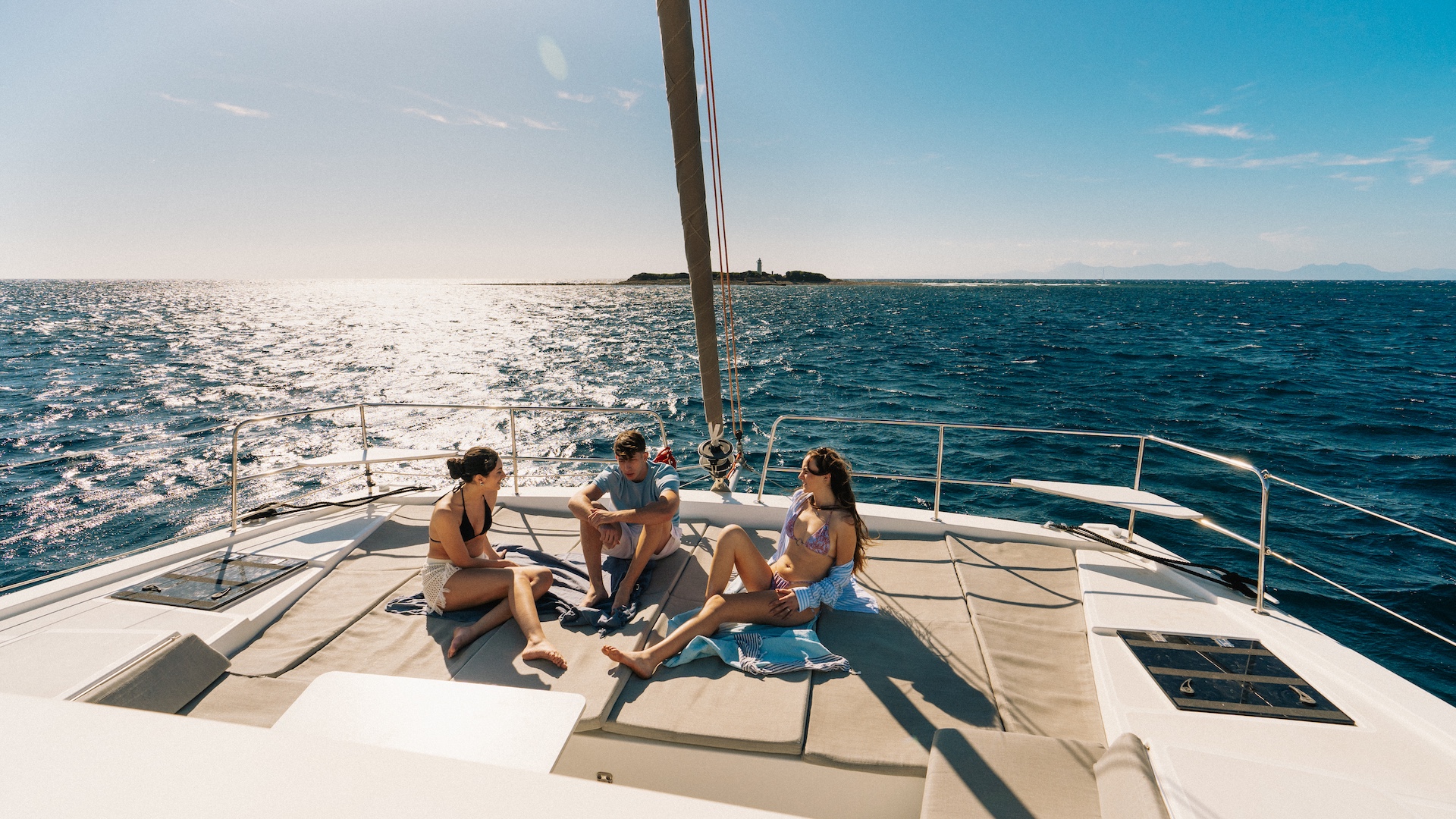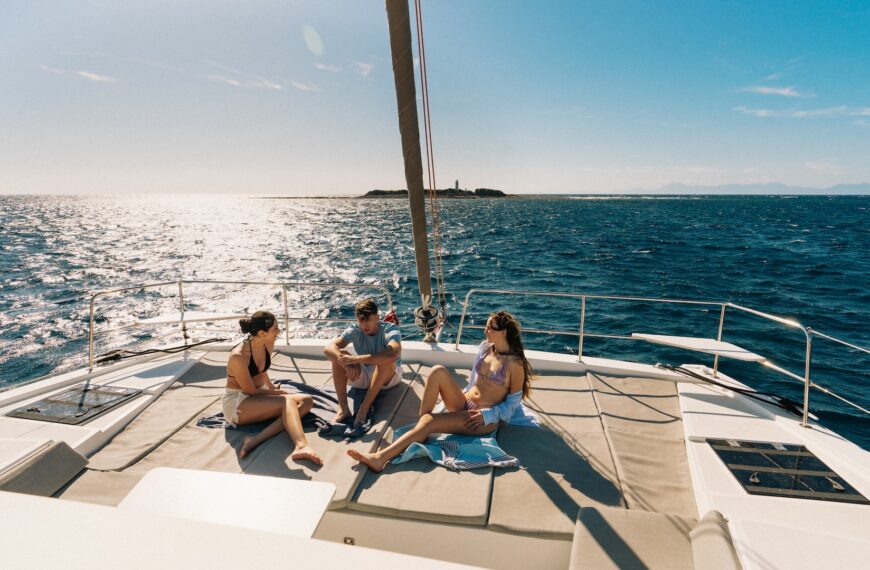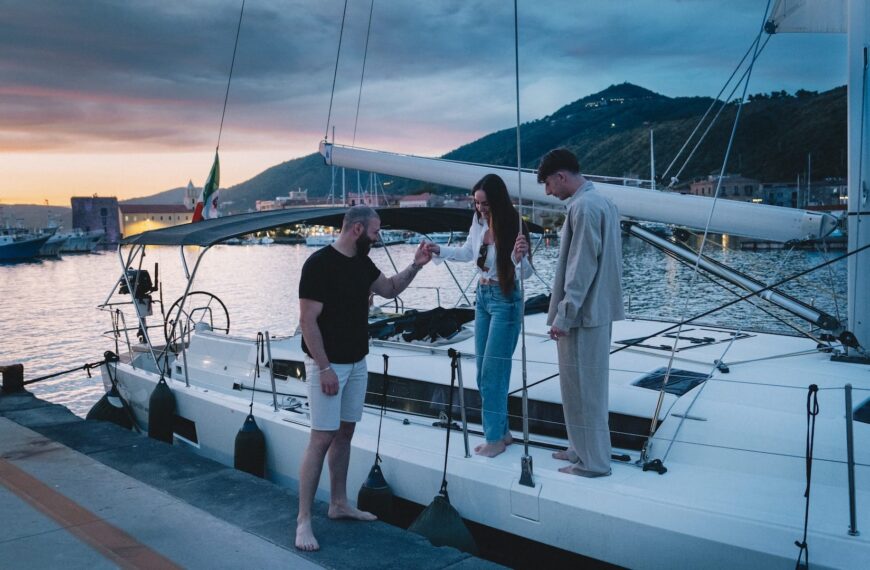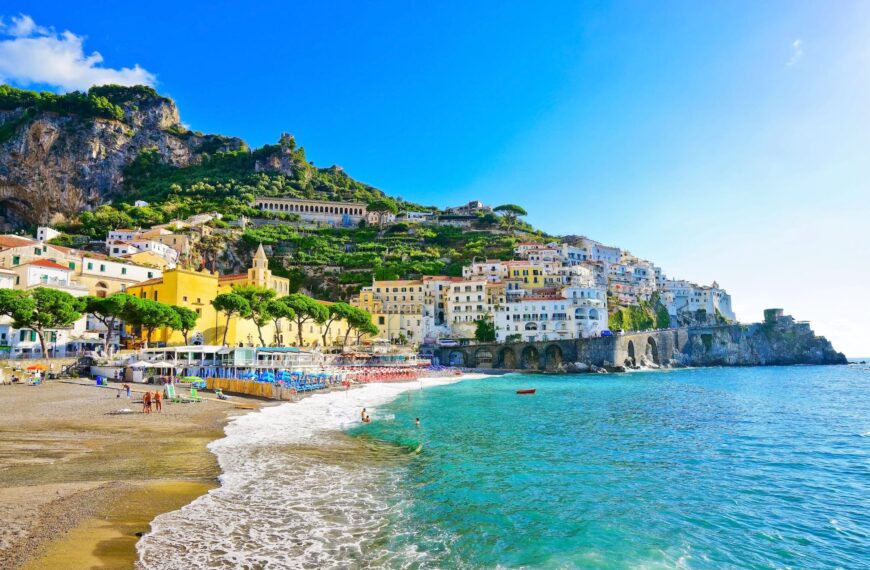Between the emerald green of the woods and the turquoise of the waters lies a magical place, where islands were once sirens and the seabed hides ancient treasures.
Sometimes the most beautiful things are closer than we think. And, as people often say, we search far and wide for what we have right on our doorstep. For many, Punta Licosa is not exactly around the corner, but its proximity to Salerno makes it a destination too special to miss. So if you’re traveling through Cilento, let yourself be enchanted by this place that feels like it belongs to another time—not only because of the myth that ties it to Homeric tales.
A Walk You Can’t Miss
Indeed, the green, uninhabited islet just a stone’s throw from the coast calls to us like the siren Leucosia, from whom it takes its name. According to legend, she was turned into a rock after being rejected by Ulysses. But unlike Odysseus, we will pay her homage in due course. First, however, we will enjoy the anticipation by walking the path that leads from the port of San Marco di Castellabate to Punta Licosa.
It’s a trail accessible to everyone, but far from ordinary—just like true beauty never is. If you walk quickly, you might take even less than the two hours the guidebooks suggest to cover the few kilometers, but moving too fast will keep you from truly appreciating the stunning natural surroundings. Here, beauty comes in the form of a crystal-clear sea under a cloudless sky, and lush, wild vegetation that in places reaches right down to the water.
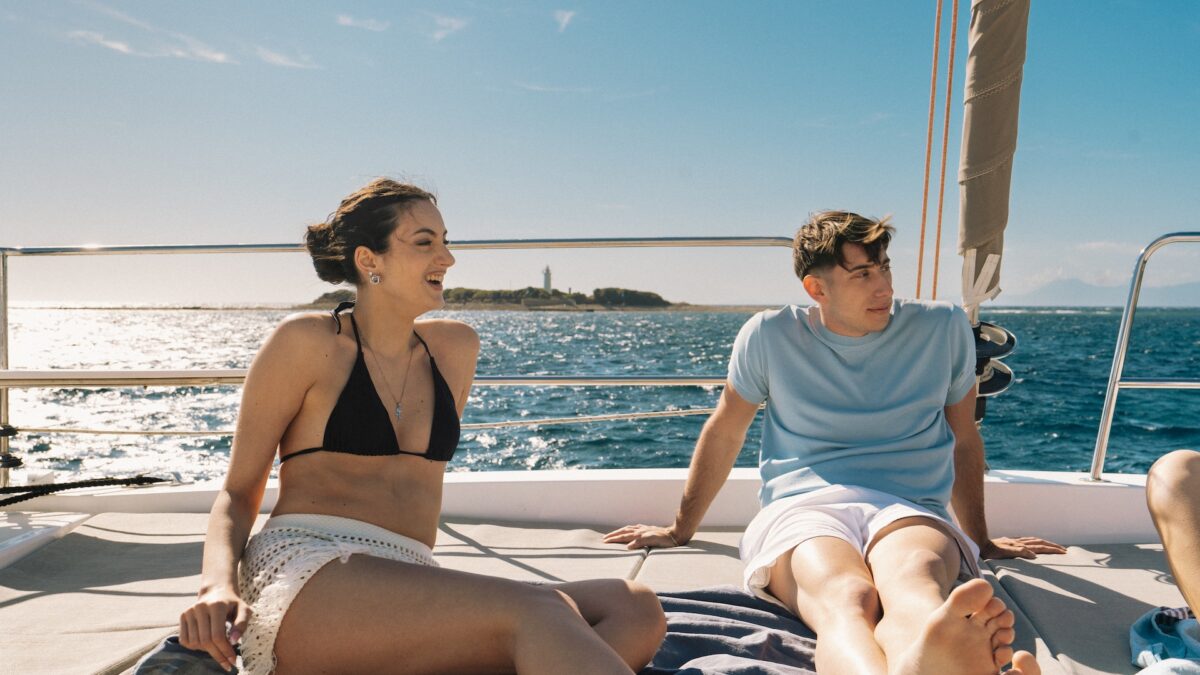
In the Heart of the National Park
With just a 40-meter elevation change and an easy, even surface, this nature trail is very simple—perfect even for those who don’t usually hike. The first section is shaded, offering relief from the sun and the occasional glimpse of small accommodations nestled in greenery. As you continue, the Mediterranean scrub takes over, and the scent of Aleppo pine and myrtle intensifies.
There are many opportunities for wildlife sightings too, with magpies, blackbirds, and seagulls offering their company. Located in the heart of the Cilento, Vallo di Diano and Alburni National Park—part of a UNESCO World Heritage Site—Punta Licosa offers a magnificent blend of forest and sea, wild vegetation and unspoiled seabeds. There are a few inhabited spots, but they consist of just a handful of houses that only add to the charm of the landscape. Vineyards alternate with the woods, and the call of the sea is always present in the background. Once at Punta Licosa, it becomes even easier to follow.
A Beauty to Be Earned
Unlike other stunning spots that are overwhelmed by tourists, this stretch of coast is relatively quiet—only residents can approach by car; everyone else must come on foot or by boat. The beaches are small strips of sand and pebbles surrounded by vegetation, and you’ll need to adapt a bit to lie in the sun—or settle on the dock of the little harbor, reserved for small boats.
The largest beach is the one just past the point, directly facing the Island of Licosa. You’ll likely be tempted to swim over to it—a more than doable adventure.

Flora and Fauna Worth Protecting
If you’d prefer to arrive by boat, keep in mind that the island is part of the Special Protection Zone (ZPS) Santa Maria di Castellabate Marine Park and the Castellabate Marine Protected Area, where anchoring and mooring are not allowed. These restrictions—though not always followed—exist to protect the precious local ecosystem.
Anyone diving, snorkeling, or simply swimming in the waters between the point and the island will quickly understand the need for such protection—which applies not only to marine life, but to land species as well.
Uninhabited and marked only by the lighthouse and the ruins of the keeper’s house, Licosa Island is home to creatures found only in this area. You might spot the rare Audouin’s gull (Larus audouinii), a species endemic to the Mediterranean, along with green-and-blue lizards unique to the island.
On the rocks grow plant species capable of surviving and thriving in salty conditions, while under the surface you can find bioconstructions of the vermetid mollusk Dendropoma petraeum—one of the few species in the Mediterranean that can build surface structures, much like tropical coral reefs.
A Past Never Forgotten
Looking into the water, you’ll easily spot signs of ancient human activity—so old they’ve become part of the underwater landscape. A visit to Licosa Island reveals the submerged remains of a Roman villa, along with the walls of what is believed to have been a moray eel tank, or possibly a fish-processing facility, thought to date from between the 1st century BC and the 1st century AD.
This kind of discovery likely won’t surprise fans of ancient history. If you count yourself among them, you probably already visited the remains of the Greco-Roman harbor at San Marco di Castellabate before starting your hike. If you missed them, be sure to look for them on your way back—you’ll see them emerging just at the water’s edge near the modern dock.
They serve as powerful reminders of how important this area—and all of Cilento—once was for trade, commerce, and culture in the ancient world.

